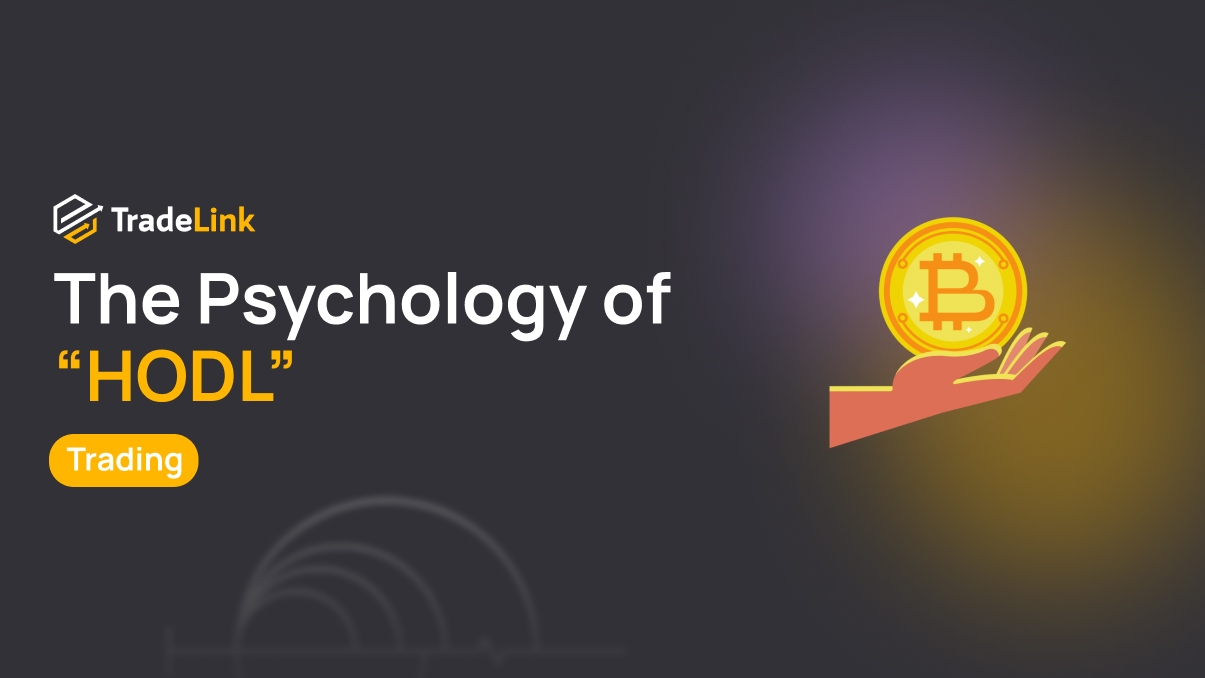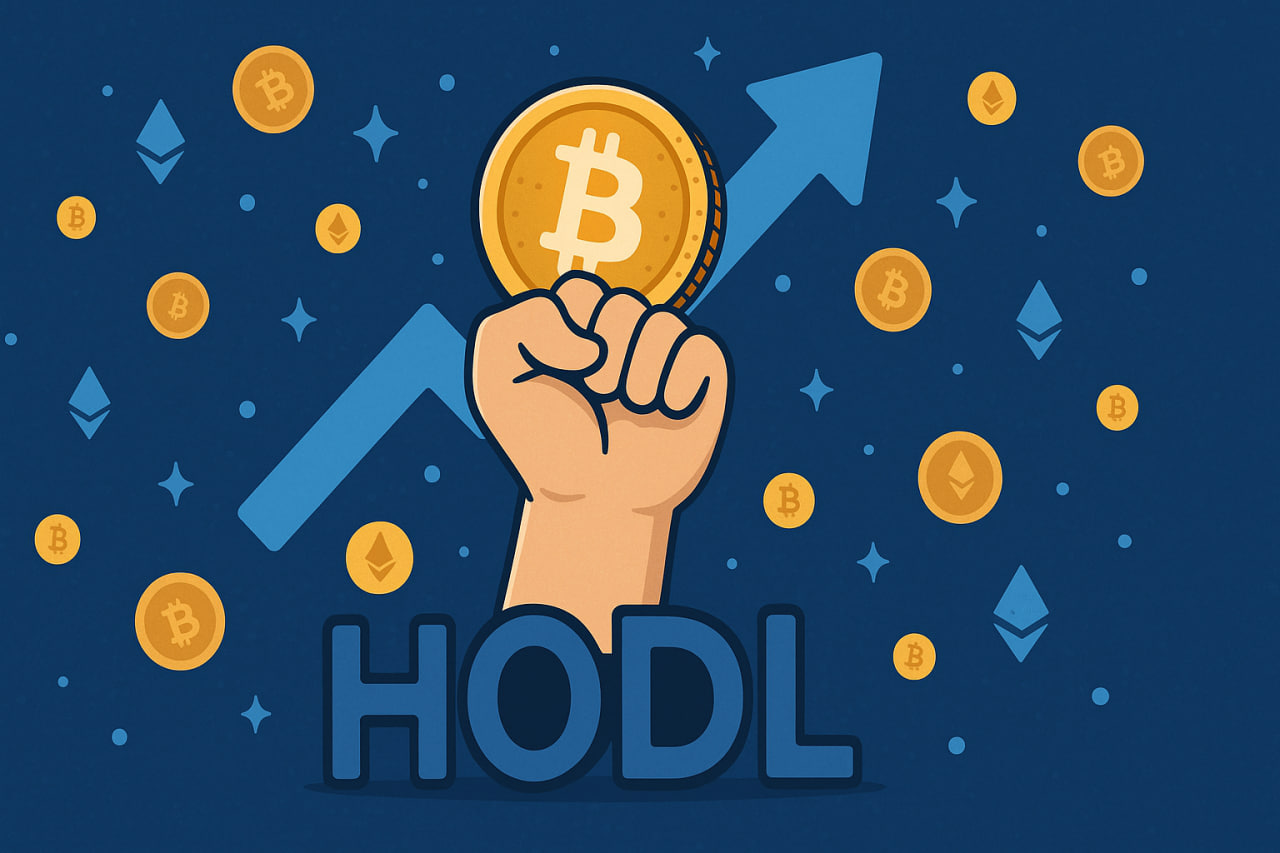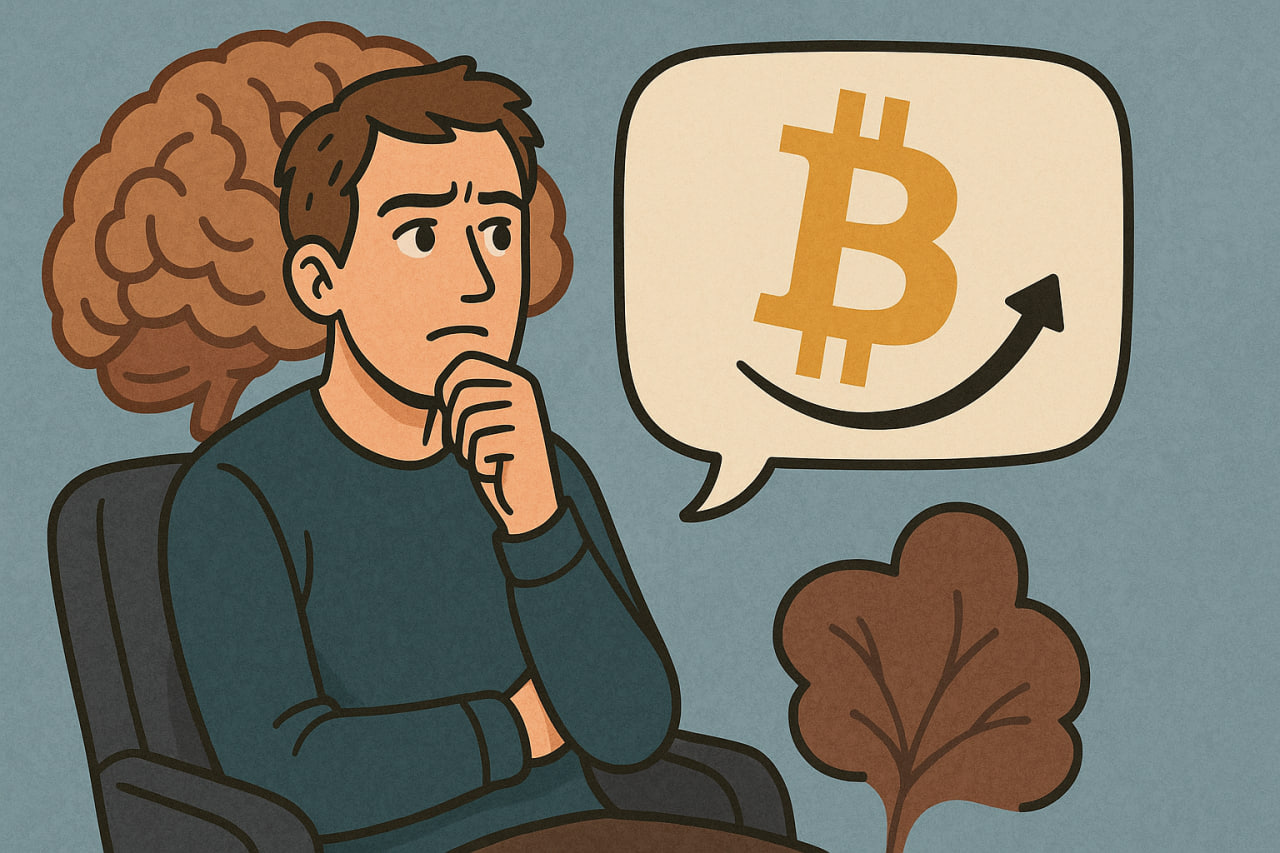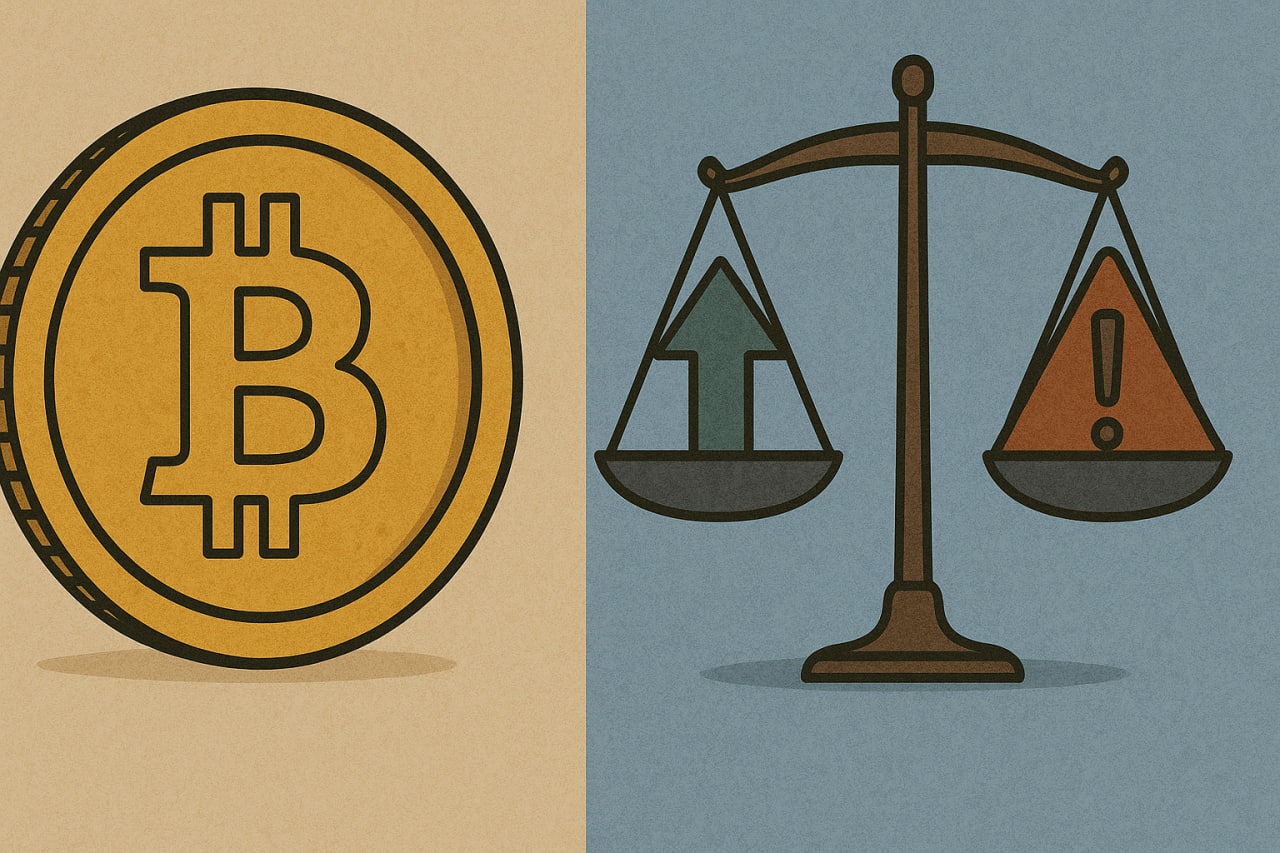The Psychology of “HODL”: Why Some Hold Coins for Years While Others Sell at -10%

Contents
Introduction
The phenomenon of HODL in cryptocurrency has long become more than just an internet meme—it is a full-fledged investment strategy. Some coin holders keep their assets for years, regardless of short-term price drops, while others sell even with minor losses, for example, when the price falls by 10%. Differences in behaviour are explained not only by financial calculations but also by the psychological and emotional traits of market participants.
Interestingly, the psychology of HODL is closely linked to human tendencies toward risk, patience, and self-control. Long-term investors develop the ability to make decisions independently of short-term volatility, which builds resilience to financial stress and increases the likelihood of successful capital management.
What HODL Is and Its Significance in Cryptocurrency

HODL is a term that originated as a misspelling of the English word “hold” and has become a symbol of long-term cryptocurrency holding. The strategy is based on the principle that, despite market volatility, the holder retains assets, believing in their long-term potential.
Key principles of HODL:
-
Retaining investments during significant price fluctuations.
-
Minimising frequent trades to reduce errors and transaction costs.
-
Evaluating projects not only by short-term performance but also by fundamental factors.
-
Developing discipline that allows ignoring market noise.
HODL plays a crucial role in long-term crypto investing, forming a strategy focused on asset growth over several years while providing psychological stability for the investor.
Long-Term Investing vs. Short-Term Trading
HODL strategies and active crypto trading differ fundamentally.
| Parameter | HODL (Long-Term Holding) | Short-Term Trading |
|---|---|---|
| Goal | Capital growth over the years | Profit from short-term price swings |
| Risk | Volatility does not influence decisions | High risk due to sudden fluctuations |
| Emotions | Patience, confidence | Frequent stress situations |
| Requirements | Project and market analysis | Constant market and chart monitoring |
| Psychological influence | Emotion control | Frequent susceptibility to fear and greed |
Long-term investors focus on fundamentals and potential market growth, while short-term traders rely on current fluctuations, making their decisions more emotionally challenging.
Psychological Aspects of HODL

Emotions play a key role in investor behaviour. Understanding HODL psychology helps identify why some holders retain assets while others sell:
-
Fear of missing out (FOMO) drives some holders to buy more during price increases.
-
Greed can push premature selling at minor gains or holding through strong growth in hopes of even higher profits.
-
Patience and confidence in the project build resilience to short-term volatility.
-
Emotional discipline reduces the risk of panic decisions.
-
Understanding market cycles helps retain assets even during deep bear trends.
Additionally, cognitive biases, such as overconfidence, affect investor behaviour. Ignoring these factors often leads to emotional mistakes and premature selling during price drops.
Why Investors Sell at Small Losses
Many holders make selling decisions under emotional pressure. Main reasons include:
-
Fear of further losses during price declines.
-
Panic selling during high volatility.
-
Low risk tolerance and poor understanding of market cycles.
-
Influence of cognitive biases.
-
Social pressure and advice from inexperienced participants.
Recognising these factors allows investors to build more rational strategies and avoid emotional traps, which is especially important in volatile cryptocurrency markets.
Advantages and Risks of HODL

HODL carries both opportunities and limitations. Key advantages and risks include:
-
Advantages:
-
Potential capital growth through long-term holding.
-
Minimisation of the impact of short-term volatility.
-
Reduced transaction costs and stress from constant trading.
-
Development of patience and financial discipline.
-
-
Risks:
-
Psychological stress during steep market declines.
-
Opportunity cost from not actively trading during price surges.
-
Risk of overconfidence in a project without considering market changes.
-
The choice of strategy depends on individual risk tolerance, understanding of market psychology, and long-term financial goals.
Strategies for Managing Emotions in Investing

Managing emotions helps make rational decisions in cryptocurrency investing. Effective methods include:
-
Establishing clear rules for buying and selling before entering the market.
-
Keeping a trading journal to analyse mistakes and successes.
-
Dividing the portfolio into long-term and short-term assets.
-
Using automatic stop orders to minimise panic selling.
-
Regularly monitoring one’s psychological state to prevent impulsive decisions.
These approaches promote disciplined behaviour and reduce the influence of emotional factors in crypto trading.
Conclusion
The psychology of HODL shows that holding coins is not just a financial decision but also a matter of emotional resilience. The strategy is not suitable for everyone: it requires patience, understanding of market psychology, and the ability to control emotions. Recognising why investors sell at a loss or hold assets for years allows for more balanced and rational investment strategies focused on long-term success.
Developing HODL skills not only improves financial outcomes but also strengthens psychological resilience, reduces stress, and enhances awareness in capital management. For an investor, it is important to see beyond the charts—not just numbers, but the emotional mechanisms driving the market.